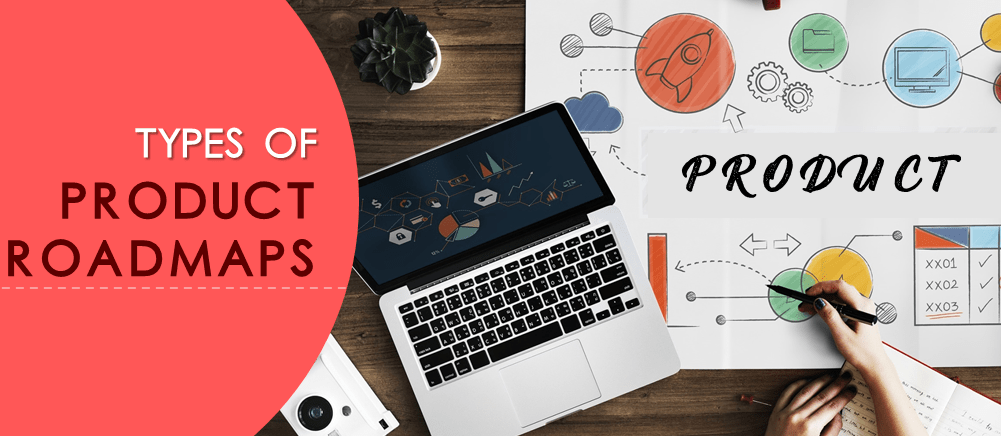
Goal-based Roadmap or GO Product Roadmap is a type of Product Roadmap that focuses on the goals and objectives that a Product Owner would like to achieve, rather than just the features that need to be worked on. These roadmaps are an effective way to align stakeholders and customers and guide the Scrum team. It helps to keep all information grouped and clearly explained. Goals determine a reason for every feature to exist. A goal can be stated in simple words such as “Increase user engagement” or “Make registration process faster.” By organizing the information around the goals, you will keep your roadmap high-level and make your strategy and vision easy to understand.
Benefits of Goal-based Roadmap
- Clear Communication: Goal-based roadmaps clearly communicate the goals and objectives of the product to stakeholders and customers, ensuring that everyone is on the same page. This helps to avoid confusion and miscommunication, which can lead to delays and errors.
- Prioritization: Goal-based roadmaps help to prioritize the work that needs to be done. By focusing on the goals and objectives first, the team can ensure that they are working on the most important tasks, rather than getting bogged down in less important features.
- Alignment: Goal-based roadmaps align the entire team and all stakeholders around the product vision and goals. This helps to ensure that everyone is working towards the same goal and that the product is developed in a way that meets the needs of customers.
- Flexibility: Goal-based roadmaps are flexible and can be easily adapted to changing circumstances. As the product evolves and new information becomes available, the roadmap can be adjusted to reflect this.
Steps to Create a Goal-based Roadmap
- Define the goals and objectives: Start by defining the goals and objectives of the product. This should be based on the product vision and should take into account the needs of customers and stakeholders.
- Identify the features: Identify the features that are needed to achieve the goals and objectives. This should be done in collaboration with the Scrum team and stakeholders.
- Prioritize the features: Prioritize the features based on their importance in achieving the goals and objectives.
- Create the roadmap: Create the roadmap by outlining the steps that need to be taken to achieve the goals and objectives, and the features that need to be developed to support these steps.
Example of a Goal-based Roadmap
An example of a goal-based roadmap for a meal subscription service could include the following goals:
- Increase customer satisfaction by offering a wider variety of meal options
- Reduce delivery time to increase convenience for customers
A meal subscription service wants to increase customer satisfaction by offering a wider variety of meal options.
- Goal: Expand customer base by offering a wider variety of meal options
- Objective: Develop a new menu with a wider variety of meal options
- Feature 1: Research and development of new menu options
- Feature 2: Testing and validation of new menu options
- Feature 3: Implementation of new menu options
- Goal: Increase customer satisfaction by improving delivery times
- Objective: Develop a new logistics system that improves delivery times
- Feature 1: Research and development of new logistics system
- Feature 2: Testing and validation of new logistics system
- Feature 3: Implementation of new logistics system
Conclusion
Overall, a goal-based roadmap is a valuable tool that can help businesses and organizations to achieve their objectives. By breaking down large goals into smaller tasks, setting measurable objectives, and assigning responsibilities, a goal-based roadmap provides a clear and actionable plan for achieving success. Additionally, by regularly reviewing and updating the roadmap, businesses and organizations can adapt to changing circumstances and continue moving toward their goals.
